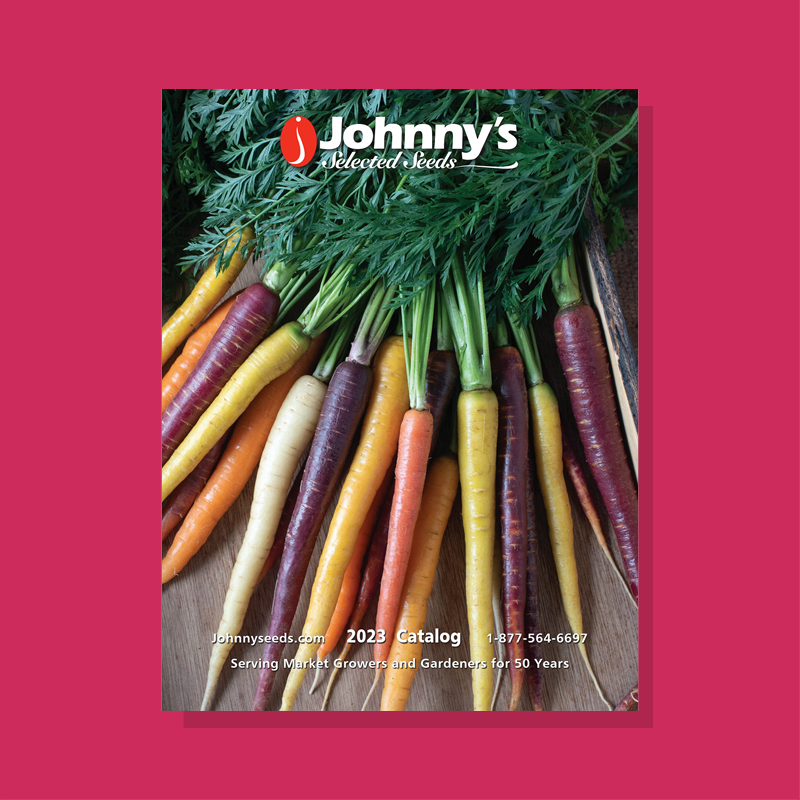
There is an improvised scene in Best in Show where Parker Posey and Michael Hitchcock recount how they met. It is simultaneously bland and repulsive, the climax achieved as Posey, without an iota of irony, in the straightest and most earnest face delivers, “We are so lucky, we are so lucky to have been raised amongst catalogues.”
Tis the season of excess. For the enlightened, yes I assure you, it is the thought, the time, the unbuyable gestures that really count, but for us in the 99%, our consumer souls are still stirred by shopping lists. The catalogue is the panacea of all capitalistic desire. Arrestingly visual and propagandistically enticing, I honour all those catalogues that buoyed my life. Scholastic used to send a catalogue to each classroom before setting up in our elementary school library their annual book fair. What a delight it was to gingerly flip through the cheap paper booklet, circle all of the Dear America releases, and apply the arithmetic learned earlier in the day to present a budget to my parents for spending money. That one training bra purchase that led to a deluge of Victoria’s Secret catalogues that taught me more about human anatomy than anyone who should have actually taught me about human anatomy. That one time I purchased a gag gift through a catalogue who then sold my contact information to the multitude of scammers who seem to call me whenever I need the most time to either work or sleep. The course catalogues that bookend each academic year with existential crises of just how much knowledge is out there that one doesn’t know and of “why did I overburden my course load again” during finals. VIFF and TIFF catalogues that bookend each of my Septembers with existential crises of just how many films are possible awards contenders and of “why did I overburden my schedule with so many films I cannot possibly attend and finish” during Festival weeks. I, and I’m sure our marketing team can attest to as well, have never known a document so intimately as I do of the program guide that the Vancouver Writers Fest produces each summer to present the buffet of literary events so thoughtfully curated by the Artistic Director. Catalogues as artifacts of businesses of a bygone time (Zellers? Macy’s? Sears?). Catalogues that inspire a new form of criticism, like the annual Hater’s Guide to the Williams-Sonoma Catalog by Drew Magary.
At the beginning of the pandemic, I simply wanted to grow one cucumber plant. Almost two years later, I was listening to Heather O’Neill talk about little Victorian girls misbehaving during our Winter 2022 Book Club, while starting indoor seed trays and noting everything from temperature to moisture. My obsessiveness mandated a uniform aesthetic, so I purchased 4ml re-closable poly bags for seed collecting from ULINE who also sent me their own catalogue of all of the office supplies that I didn’t know I needed. Sometimes to sleep, I must listen to my garden gurus discuss compost recipes and how neem oil acts as a natural pest deterrent. I’ve stood in front of radishes at Save On Foods, frustrated, wanting to shake the poor high school store clerks and tell them “I can plant this. I have seeds to plant this.” It takes someone special to understand your mentality when you look at a dish and say “wow, this is delicious, but if you would have waited 55 more days, I could have harvested my own zucchini for your ratatouille.”
The cataloguing of information is obsessive and nobody exemplifies this better than Johnny’s Seeds, “a privately held, employee-owned seed producer and merchant headquartered in Winslow, Maine.” Every entry in this catalogue is meticulous and almost every plant has been nurtured, studied, and noted by horticulturalists at Johnny’s test farms. An ombre display of beets (page 8), museum-level organization of baby greens (page 41), pumpkins patiently looking as if they are partaking in a grade school class photo (page 94), a spray of rudbeckia looking like a storm of paparazzi (page 158), this is a labour of love. Each entry has encyclopedic range of information on days to maturity, soil depth, breeding history, overwintering advice, disease and pest diagnostics that would rival clinical handbooks, and some varieties are linked to videos with specific Johnny’s Seeds employees who took care of that variety’s breeding process in controlled and natural environments. Just the tomato section alone is enough to overwhelm or bring the aspiring farmer to ecstasy.
To love seeds is to love the local ecosystem, so I would like to qualify my praise for Johnny’s Seeds with the exhortation to buy local whenever possible. Johnny’s Seeds is the standard for horticultural research, but given the sensitivity of plants and landscapes to a single degree in temperature or a single seed to ignite an invasive species, local garden advice should always be the starting point. West Coast Seeds is a close contender, not necessarily in the scope that Johnny’s Seeds has, but in the level of commitment to the urban farmer in their own wonderful catalogue and supplemental guides on Canadian agricultural zones and planting calendars.
Will I ever be so lucky? Will the cosmological debris align so that someone will also approach me and my catalogue, maybe not so much in a Starbucks, but perhaps an independent caffeine emporium, whose hipster aesthetic forgives its breathtaking act of gentrification? As J. Crew and L.L. Bean have already gone out of fashion, and germination rates are so much sexier than thread counts, maybe instead of “[having] me at hello,” I’ll get swept off my feet when they ask to cross their solanum melongena with my prunus persica? Christopher Guest, eat your heart out and cast me in your next mockumentary.
I’d like to thank my colleagues Yun-Jou Chang and Jenniffer Tai for being a sounding board for this idea and for always asking how my seeds are doing during our check ins and introducing me to the work of Drew Magary. This review is dedicated to Marketing Director Ariel Hudnall, whose seed recommendation request sent me down a rabbit hole, from which I won’t re-emerge until next spring.
— Sarah Wang, Programming Coordinator
